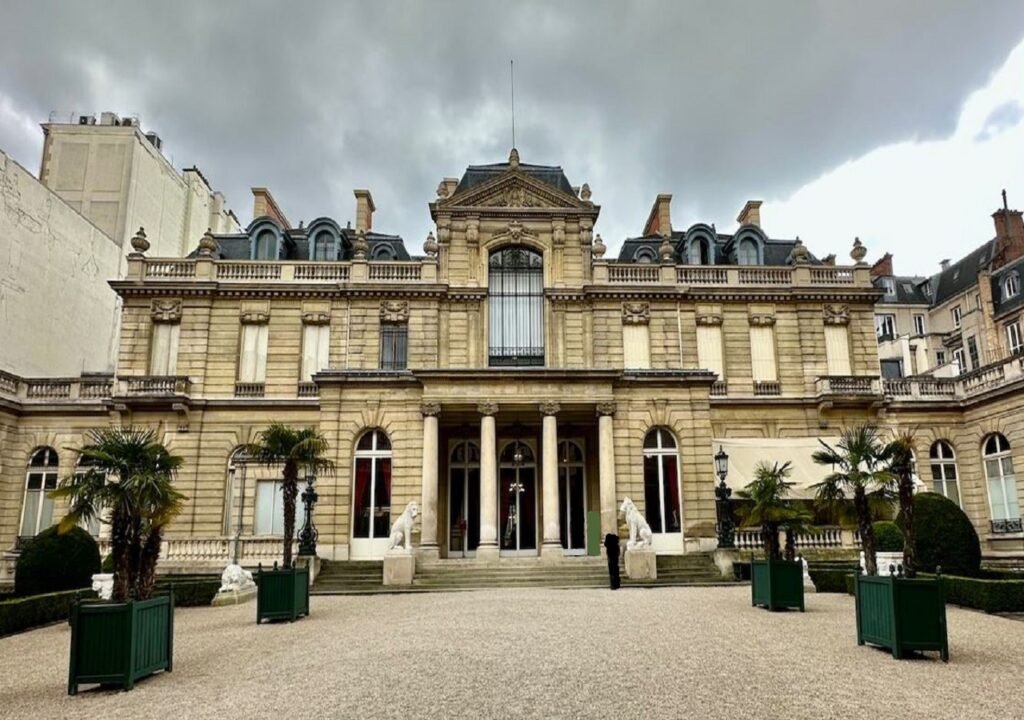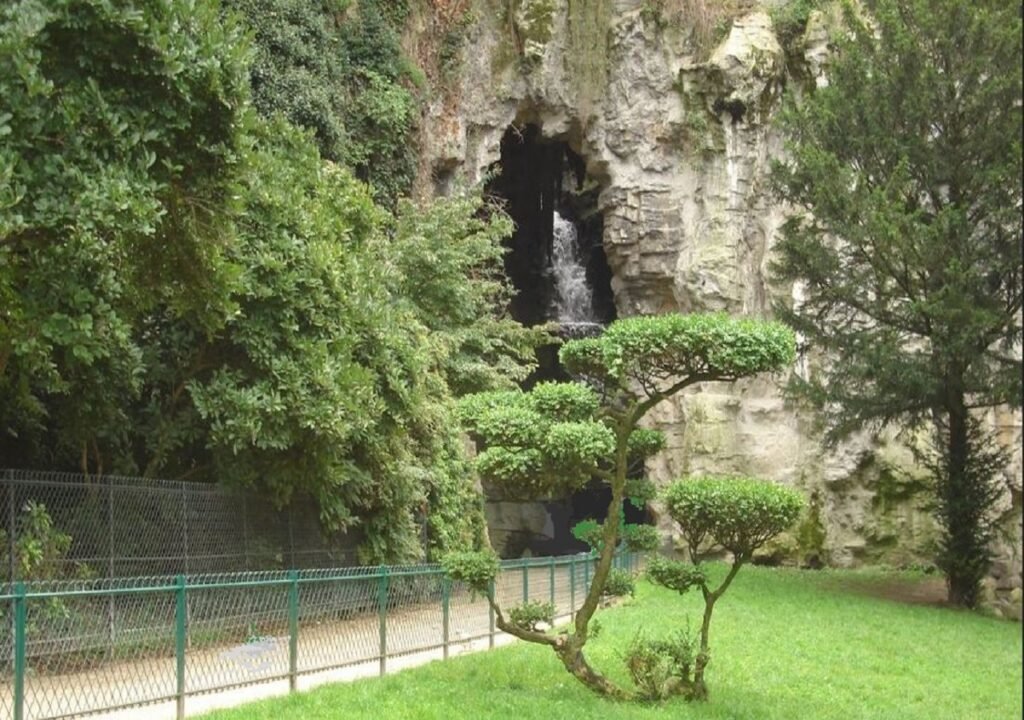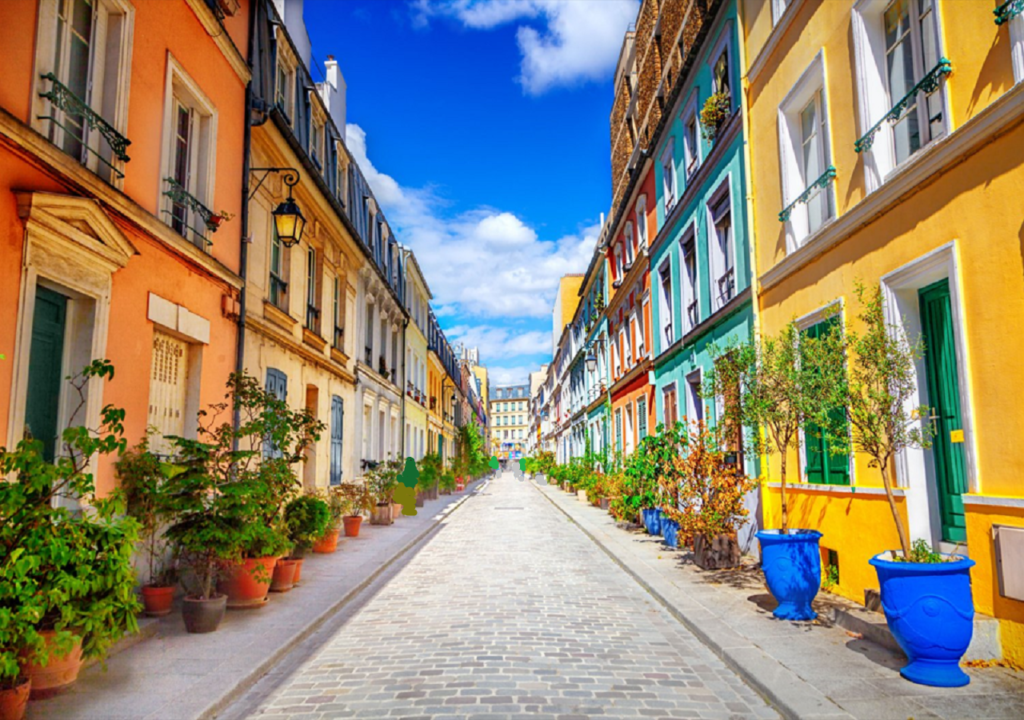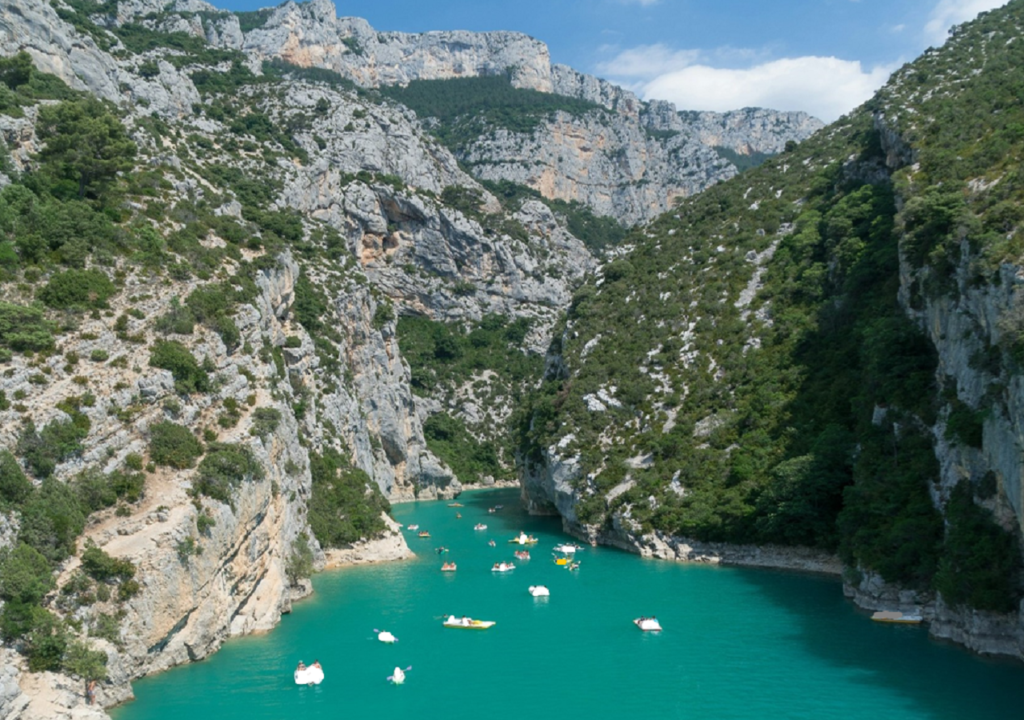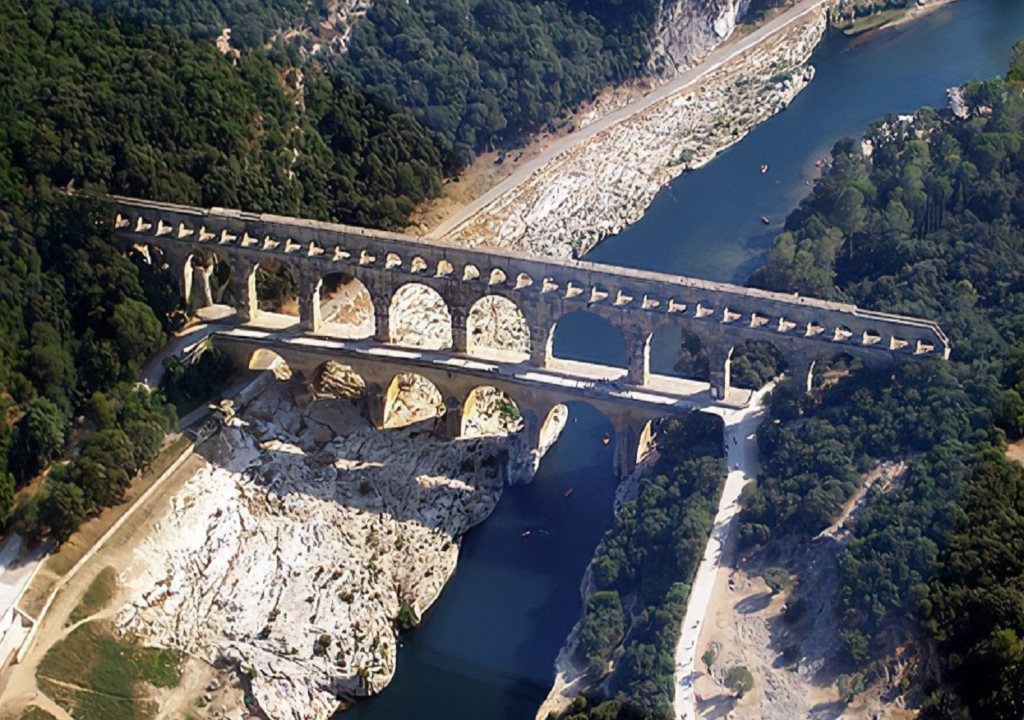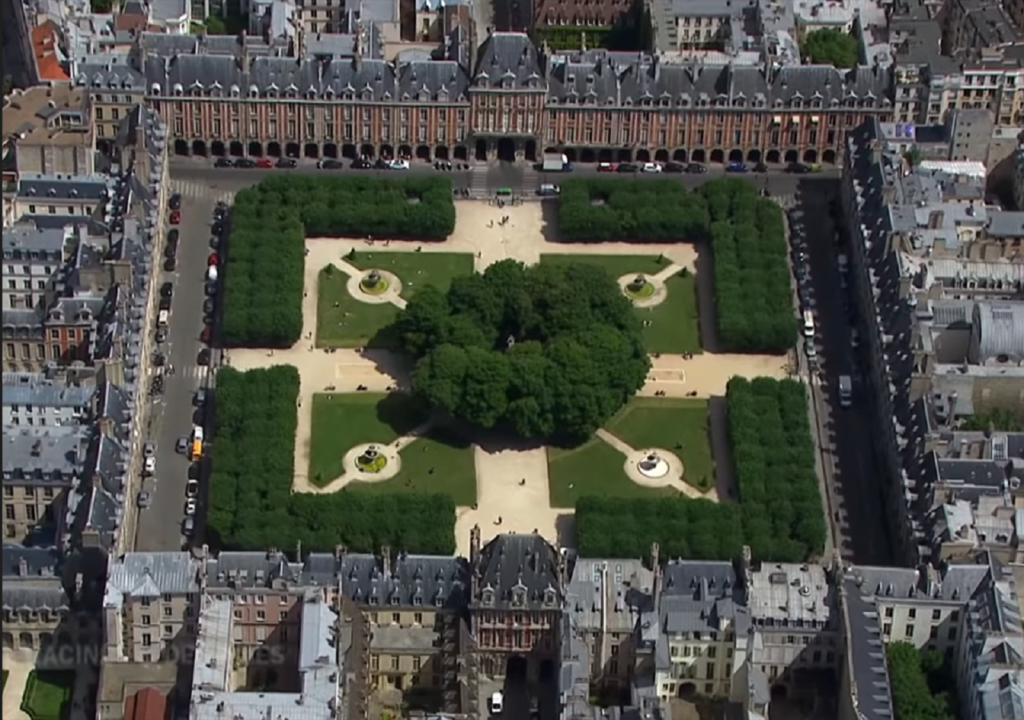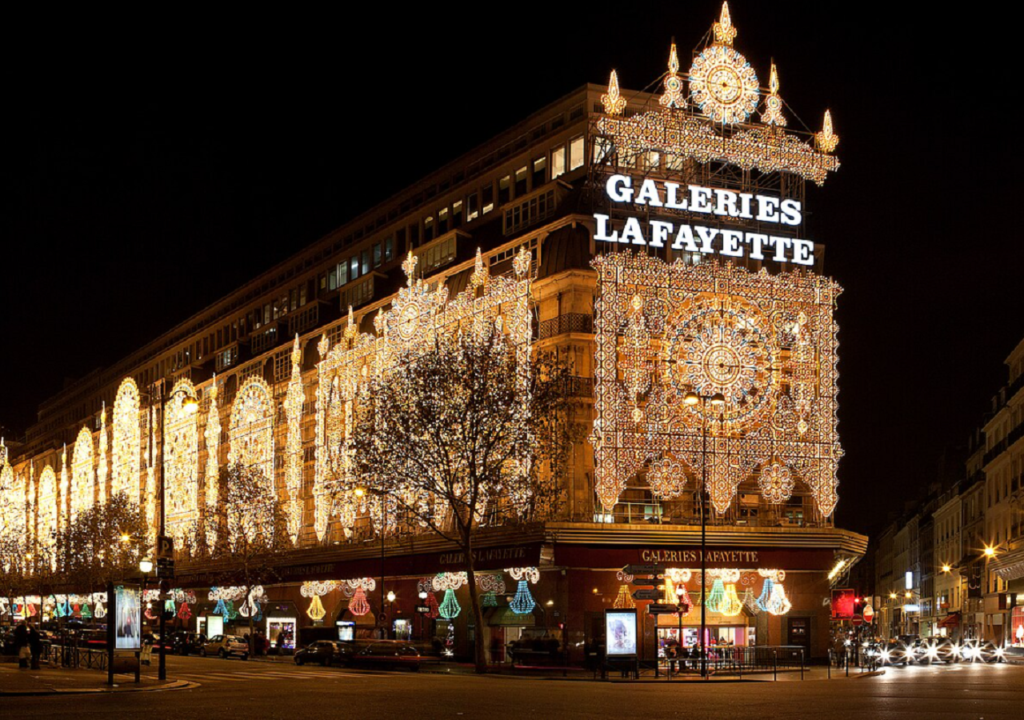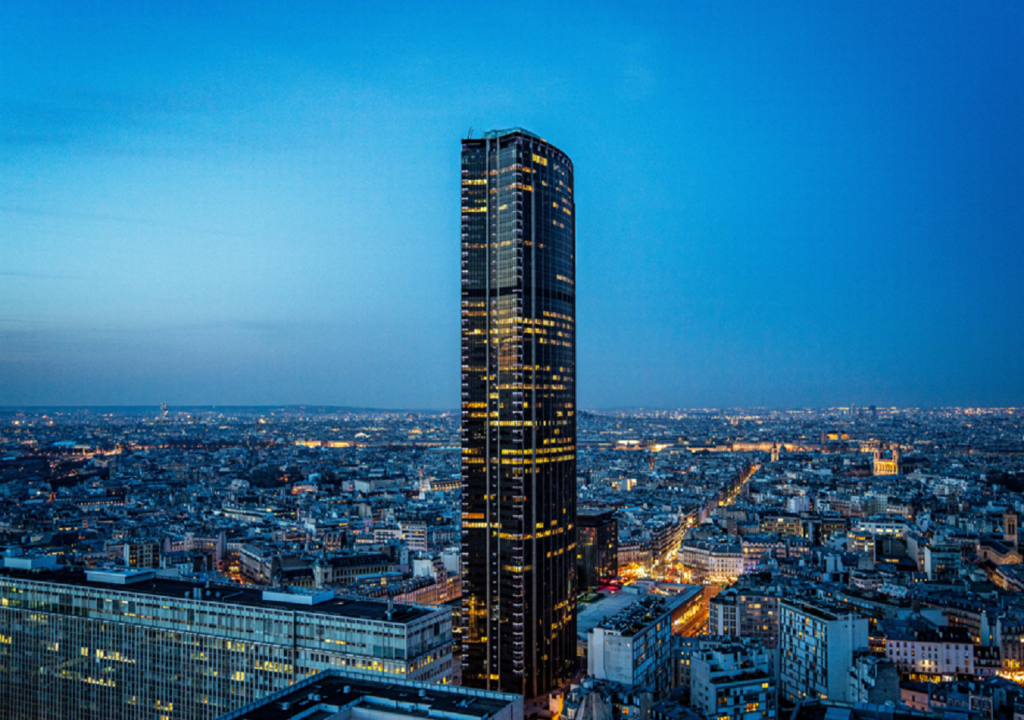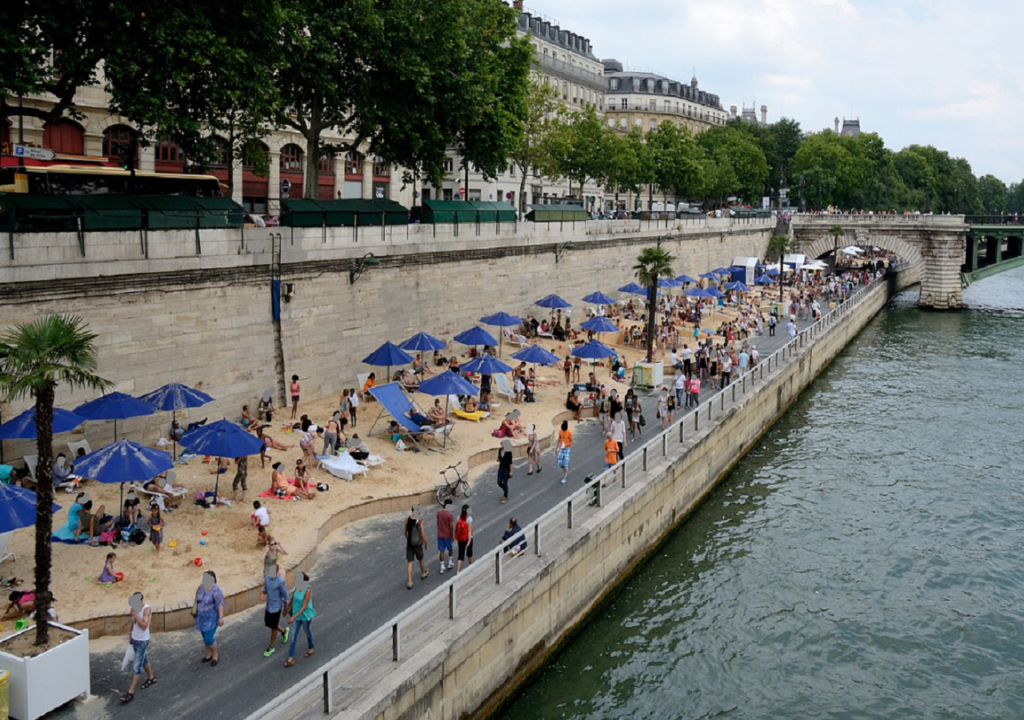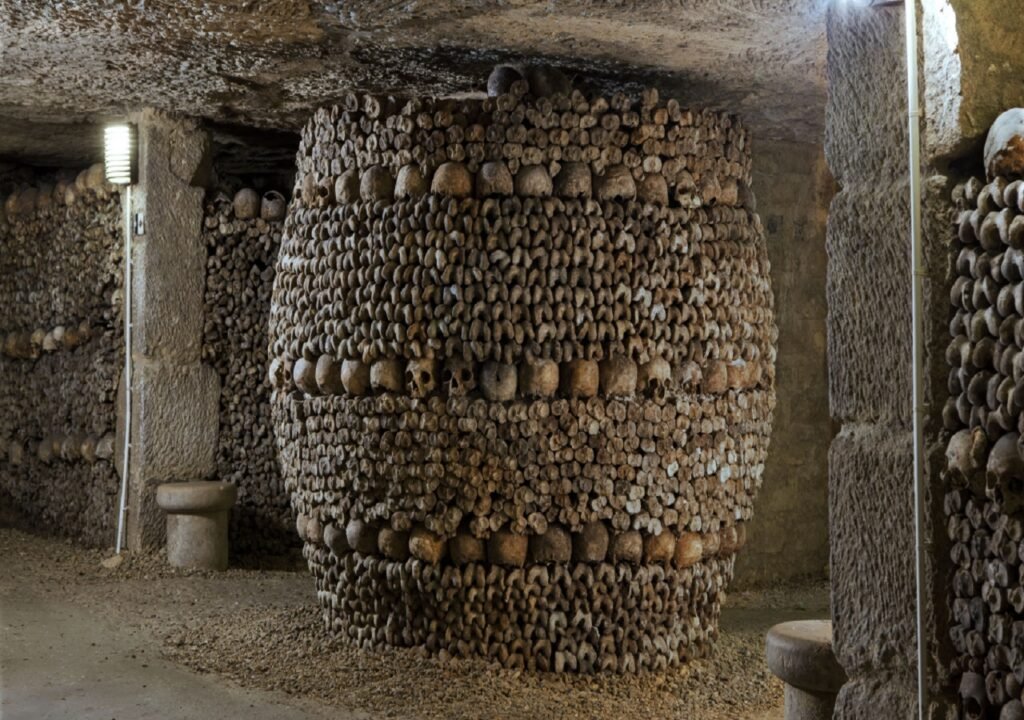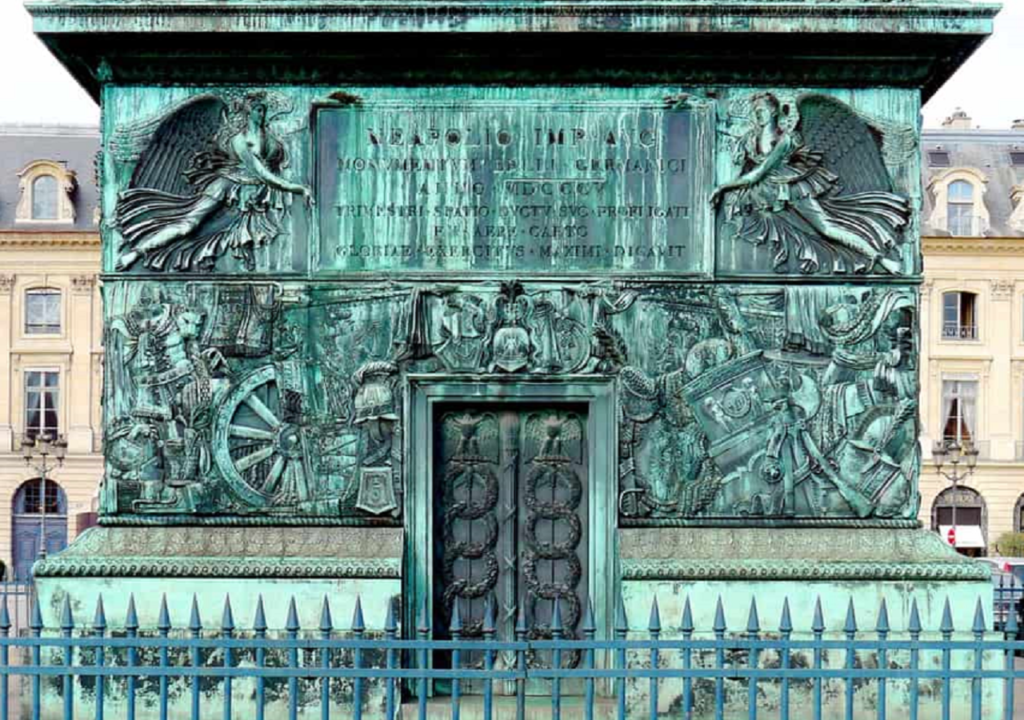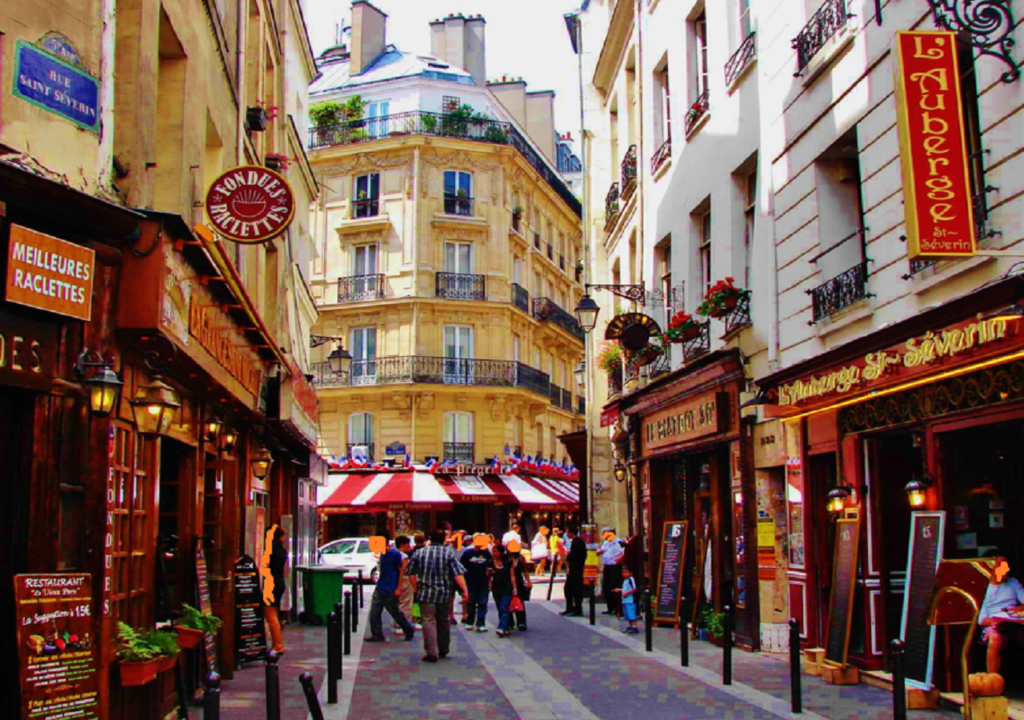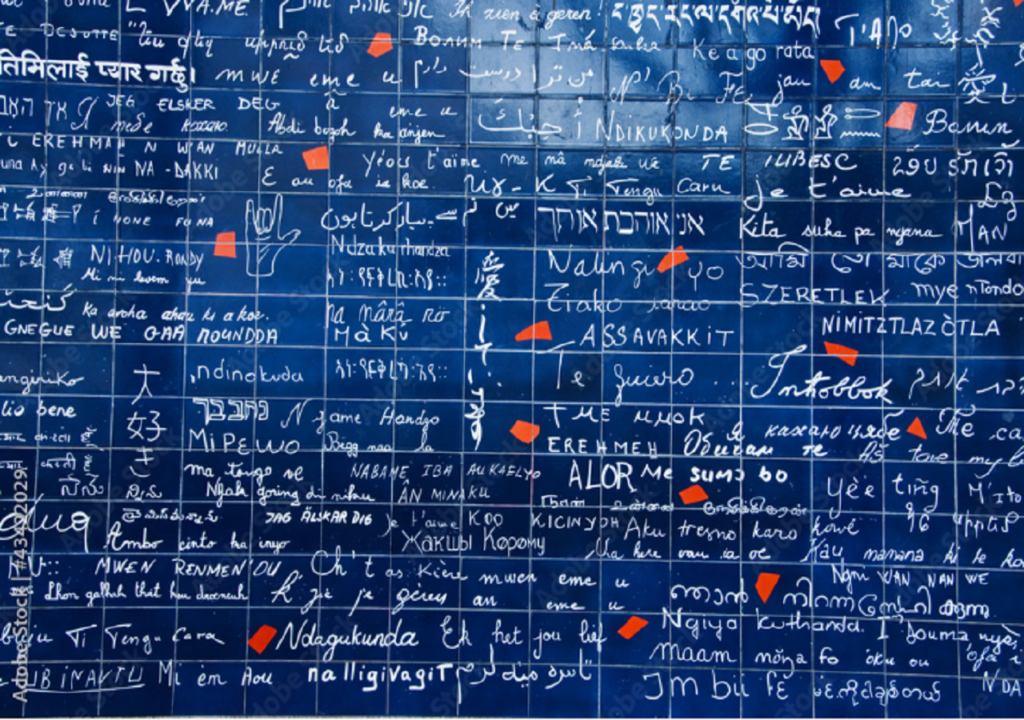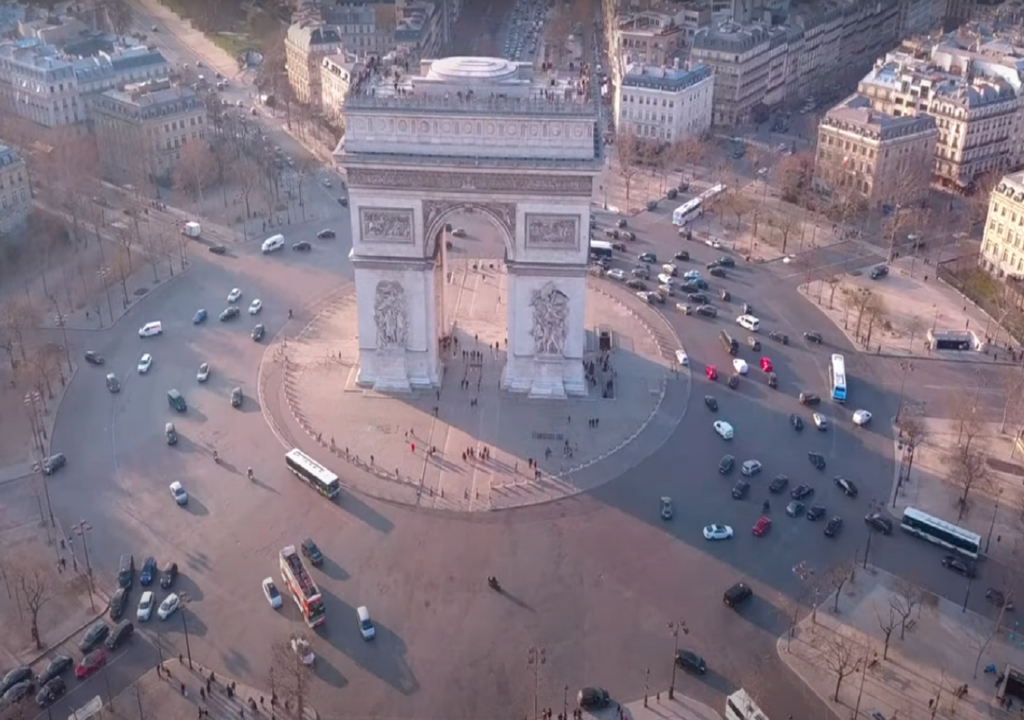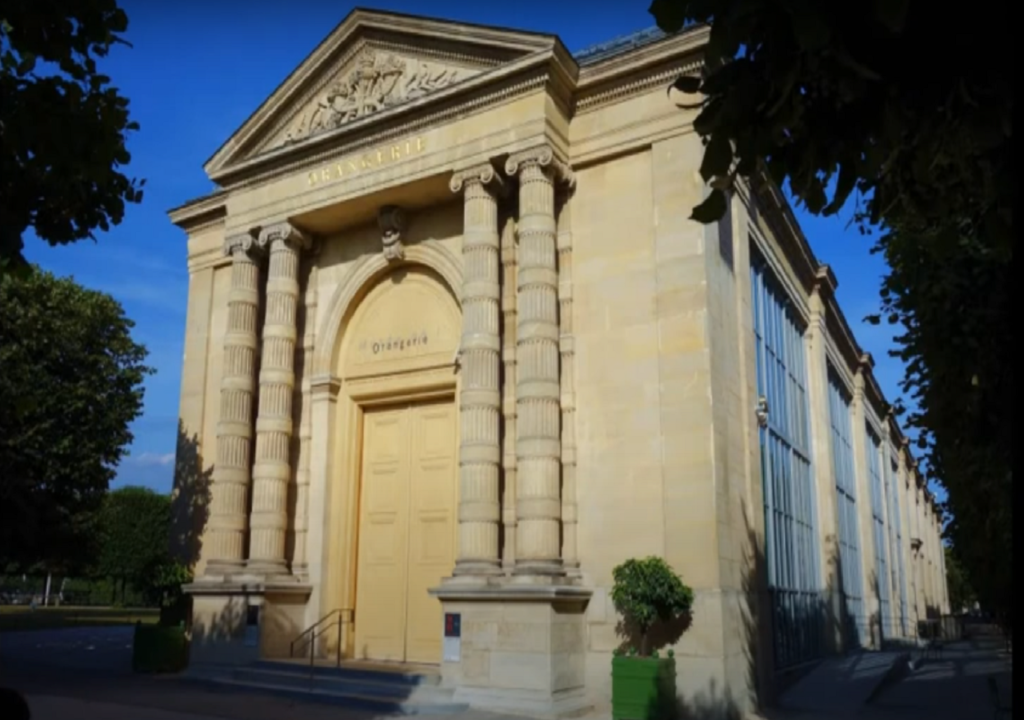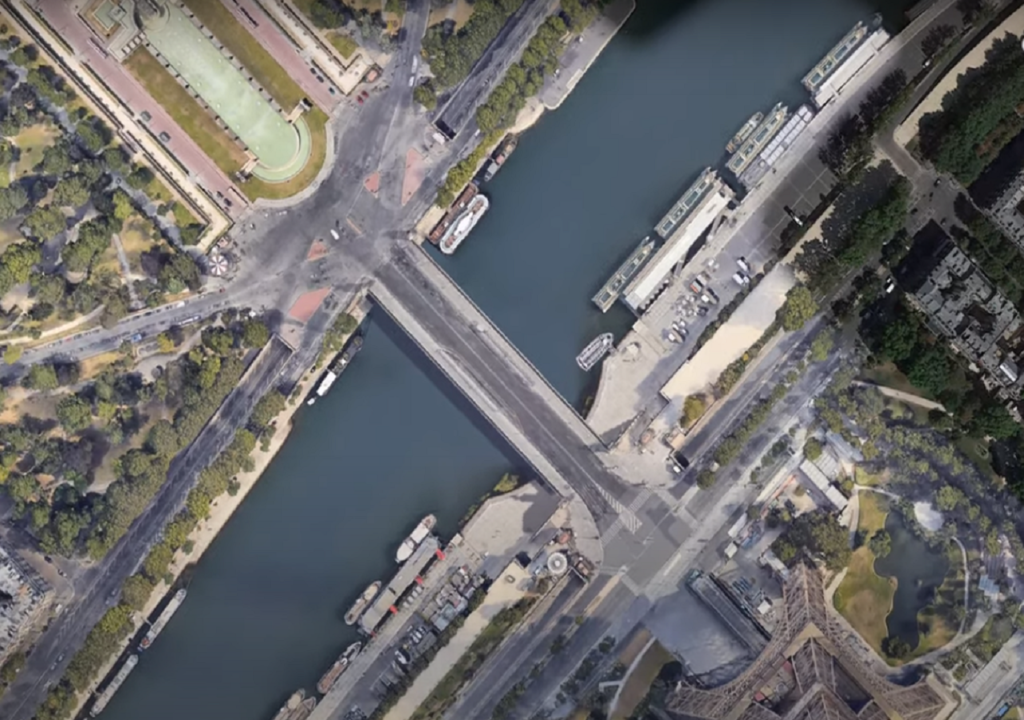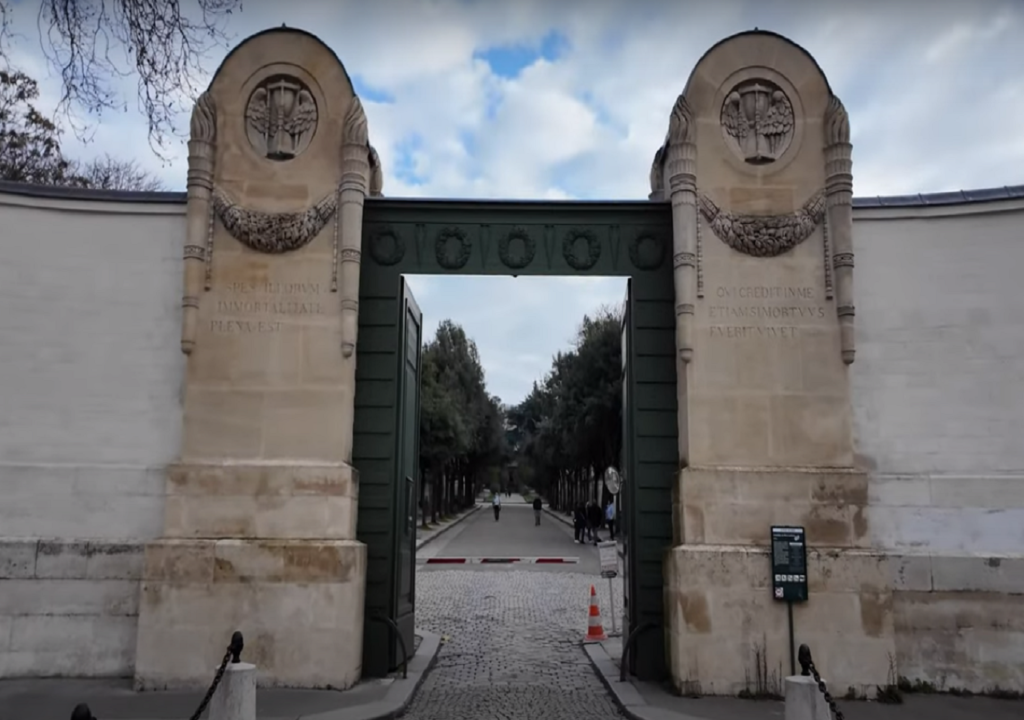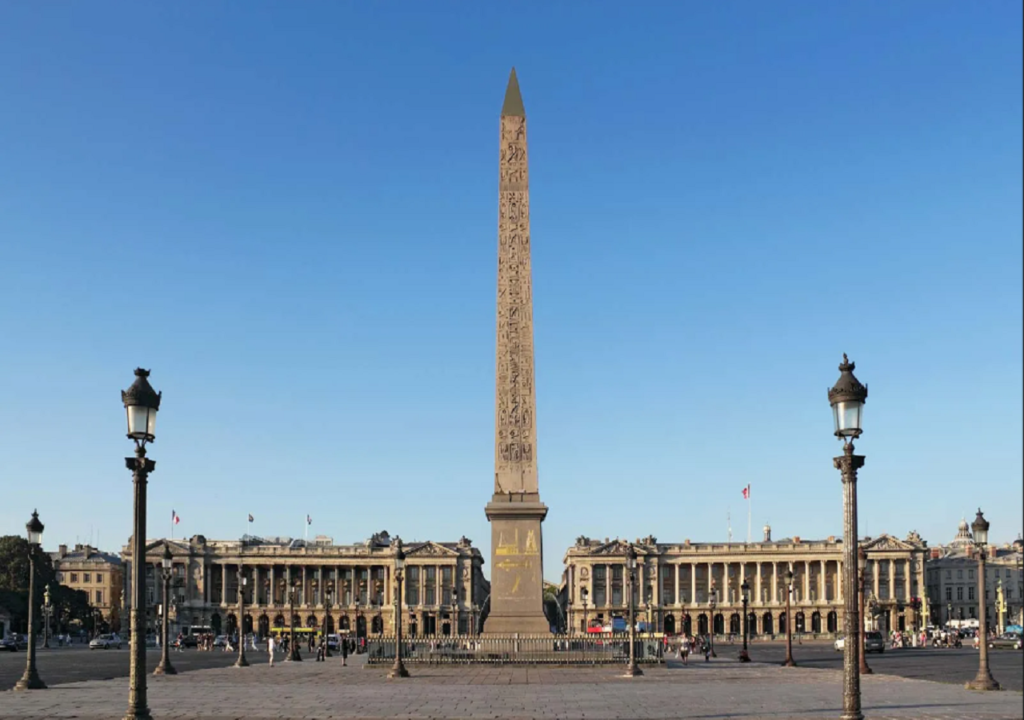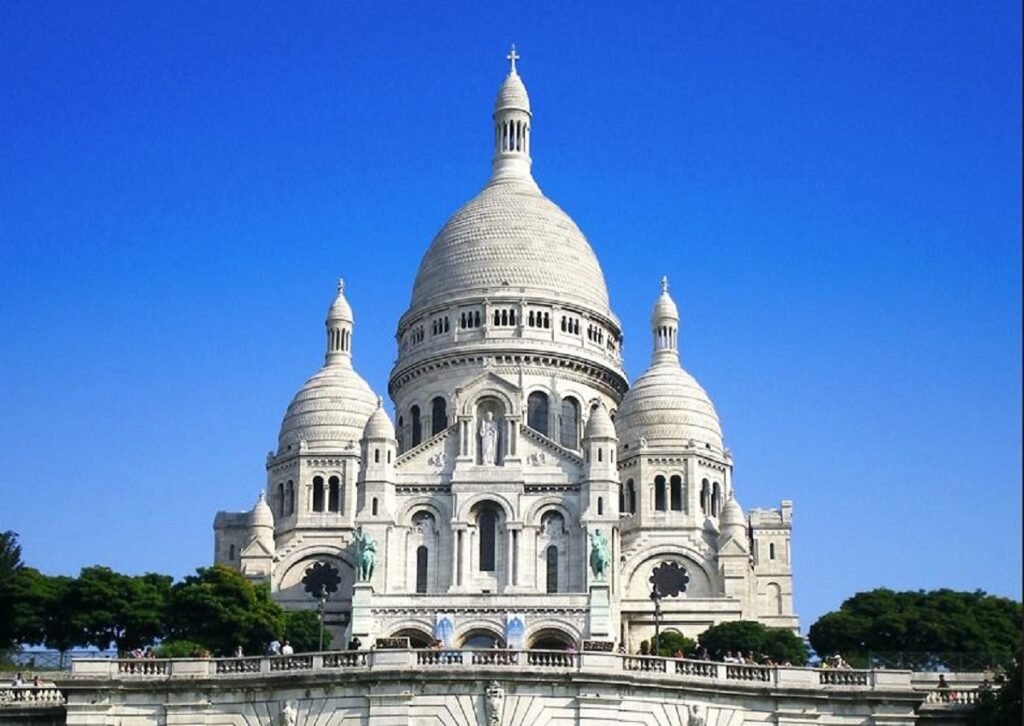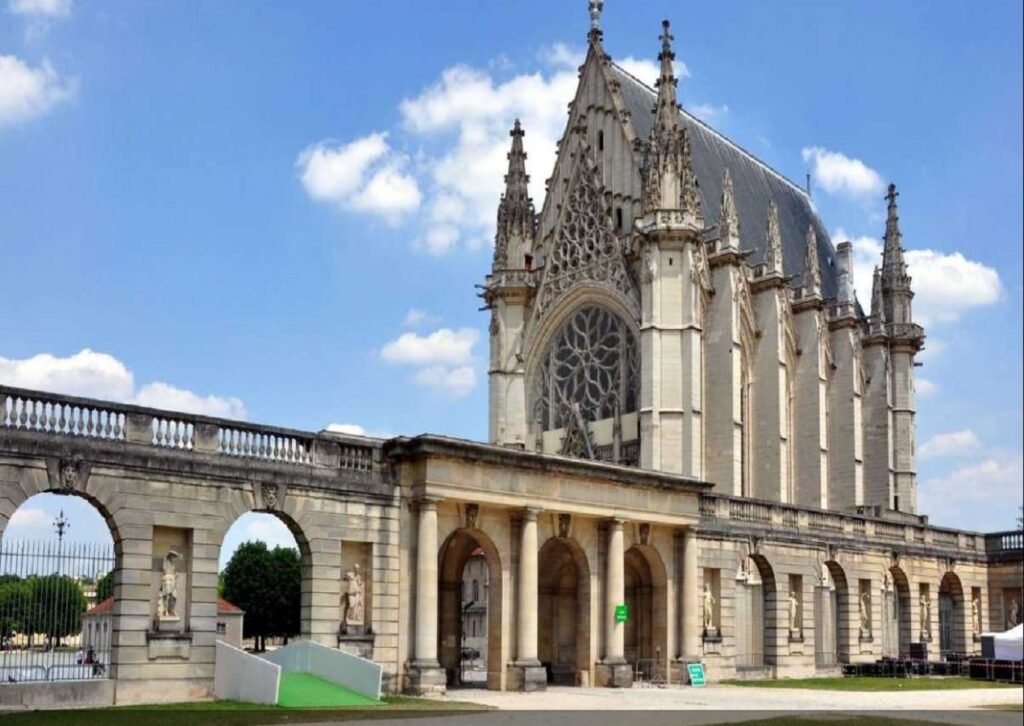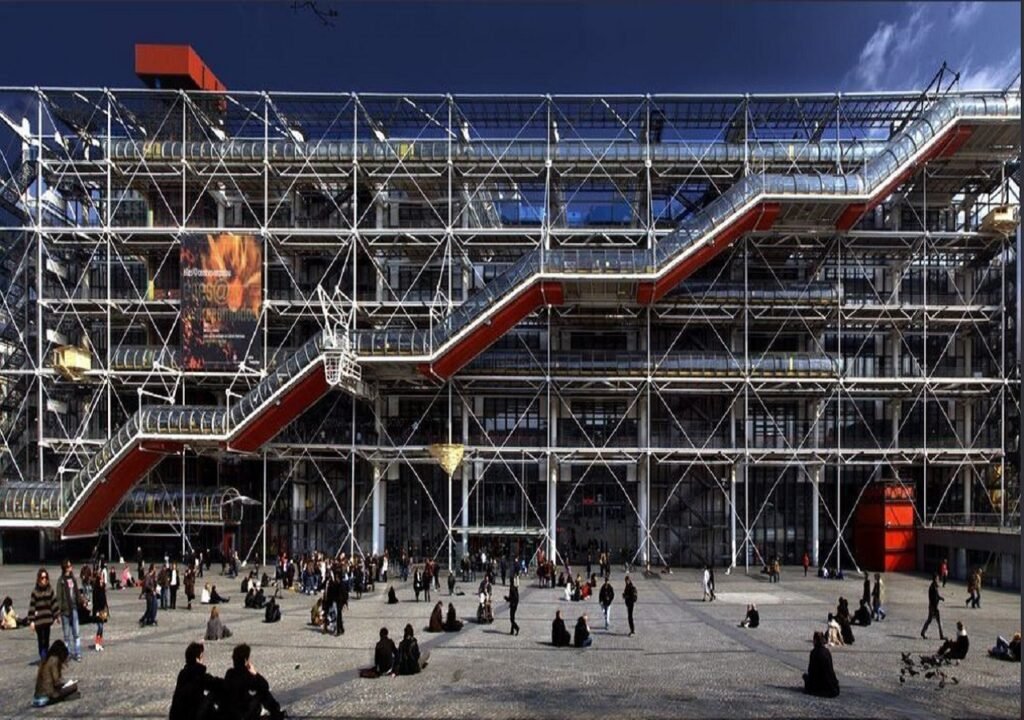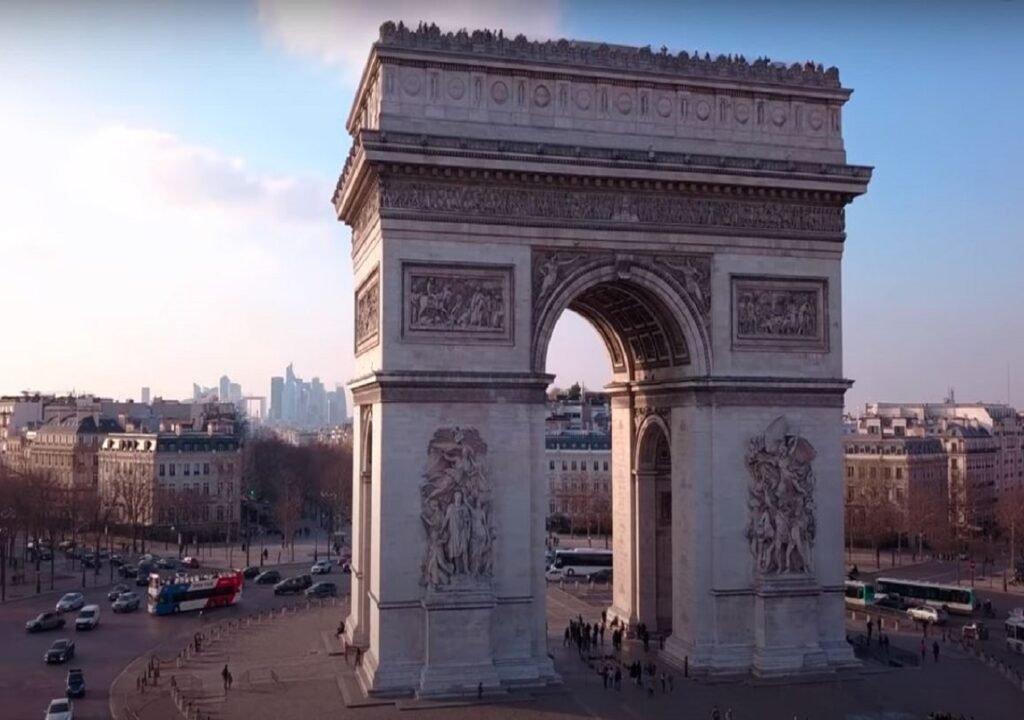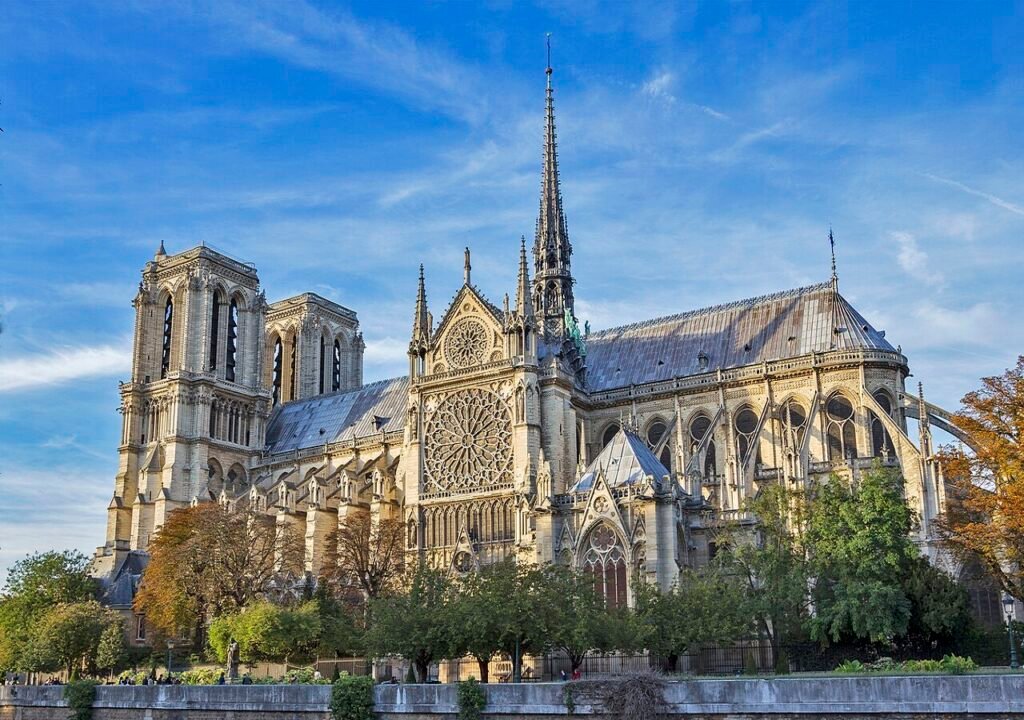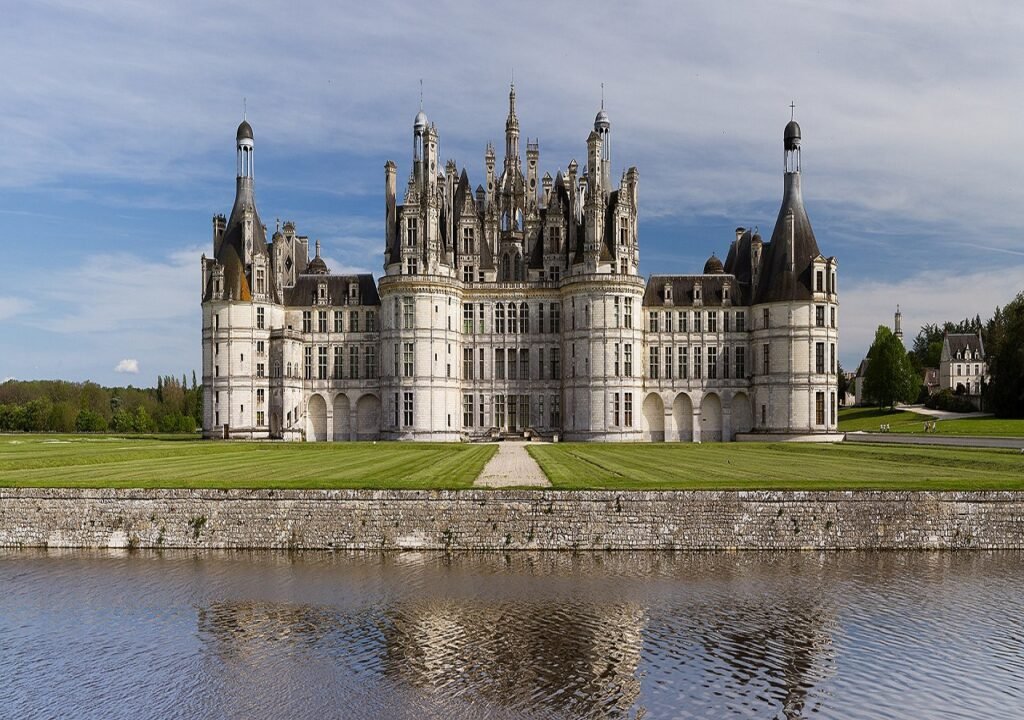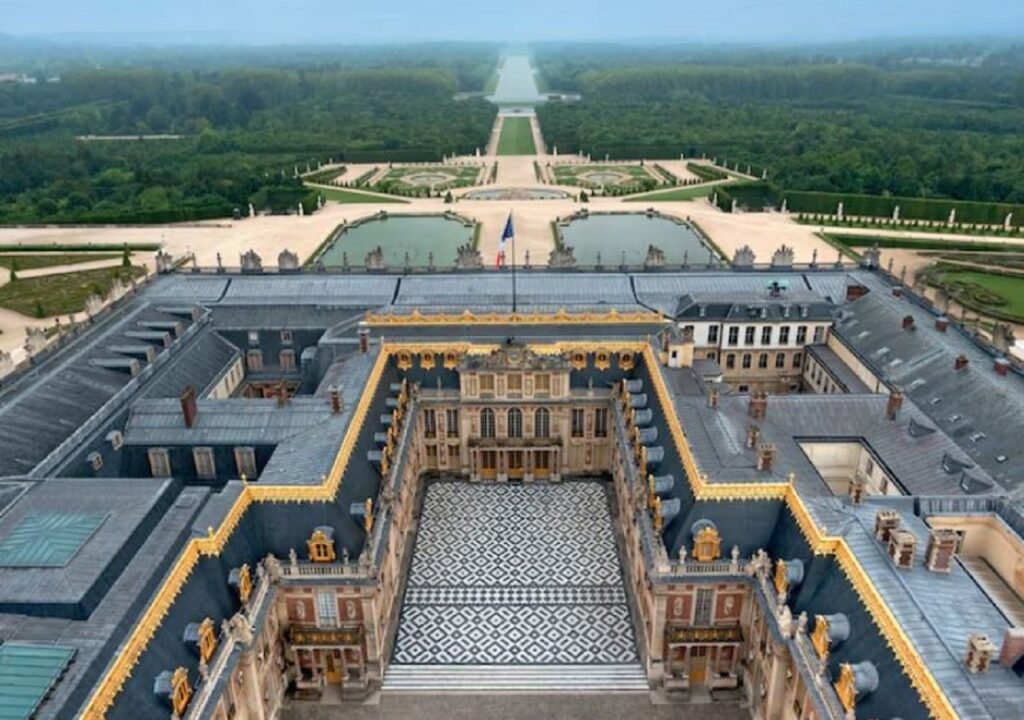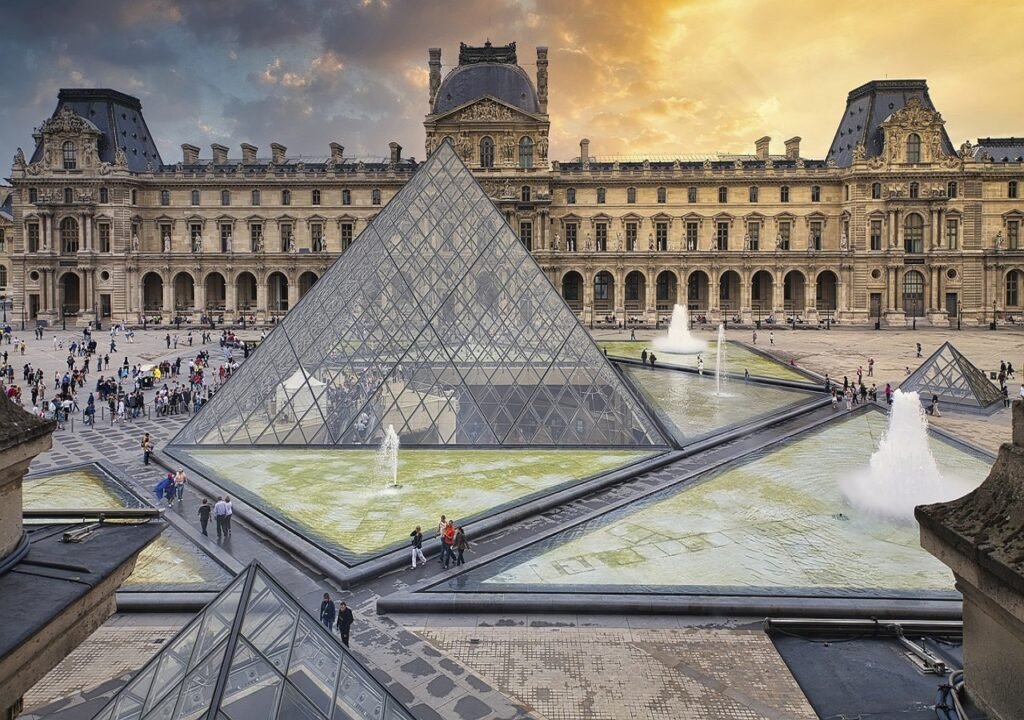Place de la Concorde














Place de la Concorde is a grand and historic square in the heart of Paris. It’s known for its striking Egyptian obelisk that stands tall in the center, gifted to France by Egypt in the 19th century. Surrounding the square are elegant gardens adorned with statues and fountains, offering a peaceful retreat amidst the bustling city.
It was the site of many notable public executions, including those of Louis XVI, Marie Antoinette, and Maximilien Robespierre during the French Revolution, during which the square was temporarily renamed the Place de la Revolution (‘Revolution Square’). It received its current name in 1795 as a gesture of reconciliation in the later years of the revolution. Next to this statue, you will find 2 famous fountains here, which symbolize the foundation of Paris.
The most special thing about this place is that you will see very famous areas of Paris around it, like the famous Champs-Élysées Street of Paris on one side and the famous Tuileries Gardens on the other. A distant view of the Eiffel Tower and the Arc de Triomphe can also be seen from here.
Frequently asked questions about Place de la Concorde.
Here are some frequently asked questions and their answers about Place de la Concorde:
General Information
Q: What is Place de la Concorde?
Ans: Place de la Concorde is one of the major public squares in Paris, France. It is located at the eastern end of the Champs-Elysees and is known for its historical significance, monuments, and fountains.
Q: Where is Place de la Concorde located?
Ans: Place de la Concorde is situated in the 8th arrondissement of Paris, at the eastern end of the Champs-Elysees, near the Seine River.
Q: What is the nearest metro station to Place de la Concorde?
Ans: The nearest metro station to reach Place de la Concorde is —– “Concorde” is 34 meters away, 2 min walk.
Q: What is the best time to visit Place de la Concorde?
Ans: The best time to visit this place is in the evening or at night and there is no fee.
Historical Significance
Q: What is the historical significance of Place de la Concorde?
Ans: Place de la Concorde is historically significant as the site of many notable events during the French Revolution, including the execution of King Louis XVI and Queen Marie Antoinette. It was originally named Place Louis XV but was renamed several times before becoming Place de la Concorde to symbolize reconciliation.
Q: When was Place de la Concorde built?
Ans: The square was designed in 1755 by Ange-Jacques Gabriel and was completed in 1772.
Q: What was the original name of Place de la Concorde?
Ans: The original name was Place Louis XV, named after the king at the time. It was later renamed Place de la Révolution during the French Revolution.
Monuments and Features
Q: What are the main features of Place de la Concorde?
Ans: The main features include the Luxor Obelisk, two monumental fountains (Fontaine des Mers and Fontaine des Fleuves), and statues representing French cities.
Q: What is the Luxor Obelisk?
Ans: The Luxor Obelisk is a 23-meter (75 ft) high ancient Egyptian obelisk that was originally located at the entrance to the Luxor Temple in Egypt. It was given to France in the 19th century and erected in the center of Place de la Concorde in 1836.
Q: What are the two fountains at Place de la Concorde?
Ans: The two fountains are the Fountain of the Seas (Fontaine des Mers) and the Fountain of the Rivers (Fontaine des Fleuves), both designed by Jacques Ignace Hittorff in the 1830s.
Visiting Place de la Concorde
Q: How can I get to Place de la Concorde?
Ans: Place de la Concorde is easily accessible by metro, with the Concorde station serving lines 1, 8, and 12. It is also within walking distance from many central Paris landmarks.
Q: Is there an entrance fee to visit Place de la Concorde?
Ans: No, Place de la Concorde is a public square and can be visited free of charge.
Q: What are some nearby attractions to Place de la Concorde?
Ans: Nearby attractions include the Champs-Elysees, the Tuileries Garden, the Musée de l’Orangerie, and the Louvre Museum.
Miscellaneous
Q: Why is Place de la Concorde considered a symbol of reconciliation?
Ans: The name “Concorde” means “harmony” or “agreement” in French. The square was renamed Place de la Concorde in 1795 to symbolize the end of the tumultuous period of the French Revolution and the desire for peace and unity among the French people.
Q: Has Place de la Concorde been featured in any famous films or literature?
Ans: Yes, Place de la Concorde has appeared in numerous films, books, and artworks, often as a symbol of Paris or as a backdrop for historical events and stories.


